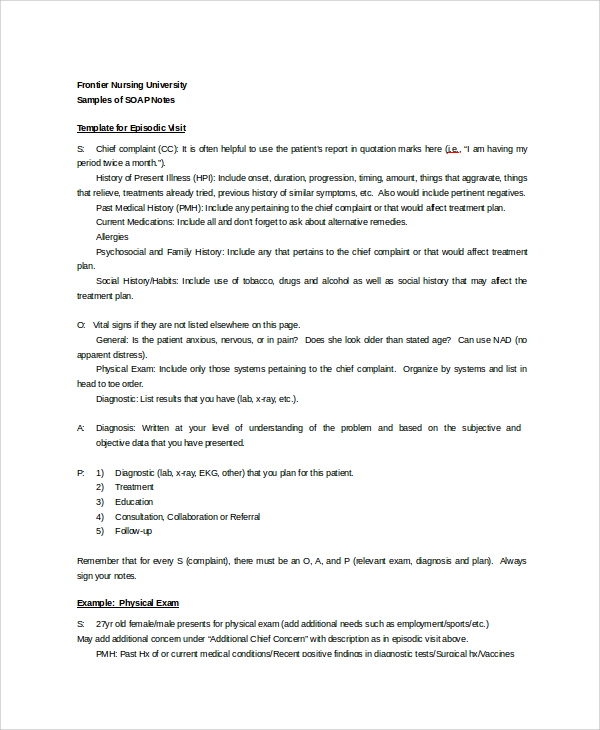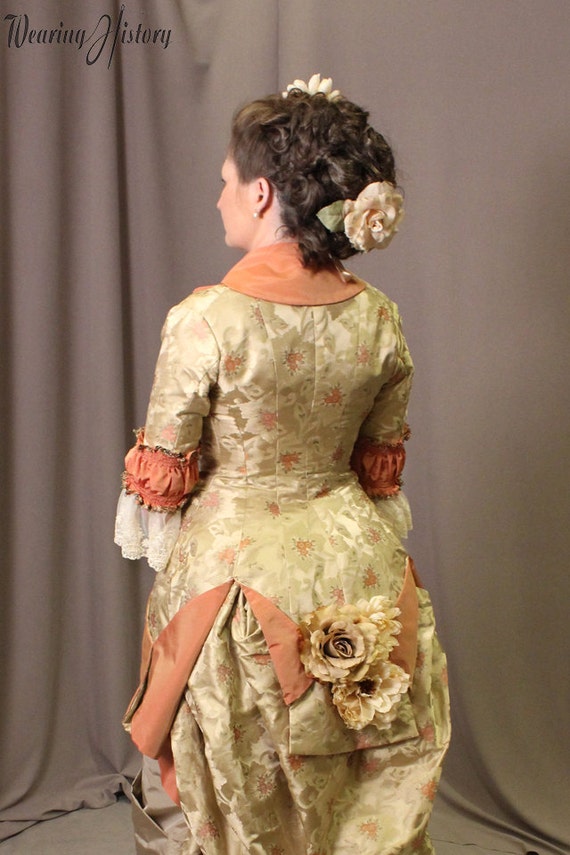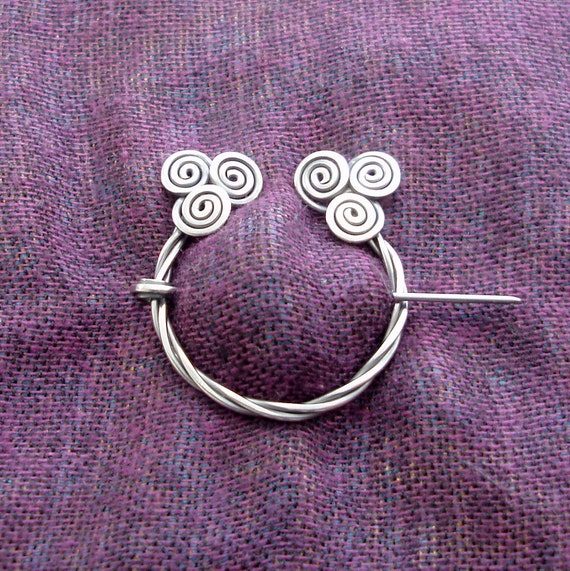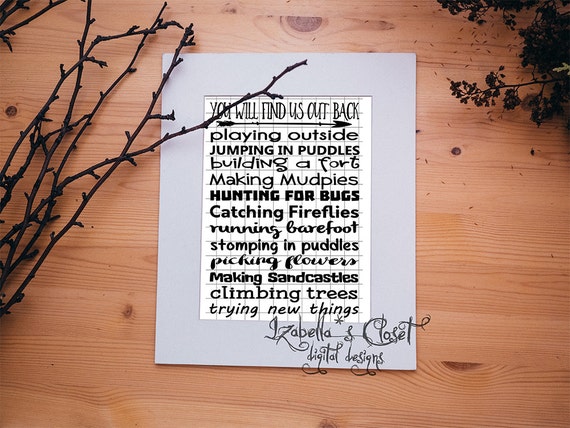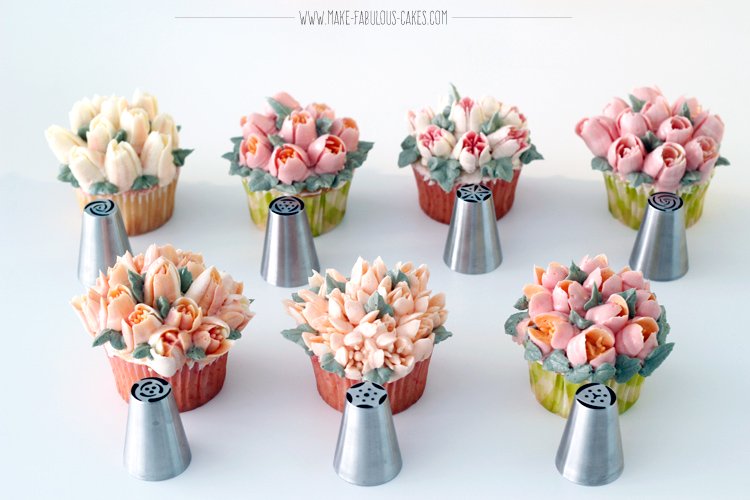history by determining the exact amount of animal fat, glycerin, and fatty acids that are required for quality soap. Before this date, the recipe of soap making Chemical Reactions: Soap Making Purpose: To understand why soap is useful in cleaning and understand the chemistry behind the making of soap. Search the World Wide Web for a history of soap. How long ago has soap making been around? Search the World Wide Web for pollution hazards of soap. How dangerous is soap to our General Information Description A timeline charting selected milestones in the history of soap, detergents and cleaning products, from ancient Babylon and Egypt, to the development of ecofriendly green detergents in the 21st century. making and selling their soap and candles. On August 22, they formalize their business relationship by pledging 3, 596. The formal 9 A Company History PG PG A Company History 10 Neil H. McElroy 1837 1850 1870 1890 1910 1930 1945 1950 1970 1980 1990 Today 1946 In soap making, fats used can either be vegetable oils like olive oil, or animal fats. When the oil or fat is mixed with the base the process takes place. Its an endothermic reaction meaning it absorbs surrounding heat rather than releasing heat, which would be an exothermic reaction. This Soap Making Guide shows you how to make perfect soap that is better than what you can buy at the store! FREE GIFT: The book also comes with a. A Soap Recipe Book of Light and Shadow: Alchemical Soap Making PDF eBook Never forget how you made your soap AGAIN! If you want the history and fuller concept of soap dough, please read the book description for this one as well, An Enchanted Book of Peculiar Ideas and Soap Potions. This is A Abstract: Firstyear and organic chemistry students will learn the chemistry of soap by making some of the eleven described formulations, which produce usable, quality bars of soap. Opaque and transparent soaps are made in two and three hours, respectively. History of Soap and Detergents Timeline. Soaplike material found in clay cylinders is evidence of soapmaking in ancient Babylon. CCA, May 2000, page 4 Bar soap sales accounted for 62. 7 of dollar sales for bath and hand soaps in 1998, making bar soap by far the largest segment in the hand and bath soap category. Soap making history goes back many thousands years. The most basic supplies for soap making were those taken from animal and nature; many people made soap by mixing animal fats with lye. Today, soap is produce from fats and an alkali. Soap is the term for a salt of a fatty acid or for a variety of cleansing and lubricating products produced from such a substance. Household uses for soaps include washing, bathing, and other types of housekeeping, where soaps act as surfactants, emulsifying oils to enable them to be carried away by water. In industry, they are used as thickeners, components of some lubricants, and precursors. Making soap is a straightforward process that uses ingredients and tools you may already have in your kitchen. Anything you don't have is available from soap making suppliers online or some craft stores. The basic method of making soap from scratch is called cold process. Pears transparent soap is a brand of soap first produced and sold in 1807 by Andrew Pears at a factory just off Oxford Street in London, England. It was the world's first massmarket translucent soap. EXPERIMENT: SOAP MAKING (SAPONIFICATION) In this experiment we prepare soap from animal fat (lard) or vegetable oil. Animal fats and vegetable oils are esters of carboxylic acids; they have a high molecular weight and contain the Soaps are formed when fatty acids react with an alkali. The reaction is called saponification. The video shows how to make soap. An alkali, sodium hydroxide, is taken in a test tube. The Babylonians boiled together animal fats and ashes 1700 AD. Women in the United States start making soap from Lye 1725 AD. Nicolas LeBlanc discovered how to make caustic soda from table salt 1790 AD. Ernest Solvay: table salt to make soda ash. Reducing cost boosting quantity Download Printable PDF. Soap is a combination of animal fat or plant oil and caustic soda. When dissolved in water, it breaks dirt away from surfaces. Through the ages soap has been used to cleanse, to cure skin sores, to dye hair, and as a salve or skin ointment. The Soap Opera Encyclopedia PDF. Fascinating trivia, inside stories, history, nostalgia an indepth look at every daytime soap opera The Soap Opera Encyclopedia is a musthave for any soap fan. Readers will find the history and stars of all the shows, including Comfortable, and Young Again! ) The Soap Opera Encyclopedia Making Soap. Name of the material The History and Chemistry of Soap Making Target group 13 15 and 15 19 years old The type of the material A work sheet Description Do you know how the soap was made in the old days? The experiment is good for organic chemistry. its time to get started with the process of making the liquid soap. then 1424g of Potassium Hydroxide. Eye Google Hand gloves Safety shoes Production Process Required to Make Liquid Soap The Liquid Soap Recipe. to prevent chemicals accidents. One of the organic chemical reactions known to ancient man was the preparation of soaps through a reaction called soaps are sodium or potassium salts of fatty acids, originally made by boiling lard or other animal fat together with lye or potash (potassium hydroxide). Soapmaking manual; a practical handbook on the raw materials, their manipulation, analysis and control in the modern soap plant Item Preview Soap is a cleansing agent mainly used Chemically for washing and speaking, soap is a salt of a fatty acid. It cleaning, but soaps is made from the are also important interaction of. Soapmaking books reviews After I started this nice hobby, my soapmaking library expanded quite quickly. There is an incredibly high number of books in this domain, of different content and quality, generally reflecting the categorization of different methods and types of soap. Get your hands on my weekly valuefilled emails and snag my Soap Biz Success Plan as a bonus. You'll be struttin' your biz smarts all over the place in no time. (Say goodbye to being stuck in a rut; no more wasting time, money, and effort, superstar! The History of Soaps and Detergents. Inventions Famous Inventions Basics In 1972, another soap making company called the Peet Brothers Company was founded in Kansas City. In 1927, Palmolive merged with them to. Making Cold Process Soap Cold process soap making is not only fun, but every batch is different and limited only to the creativity of the person making the batch of soap. Reader Approved How to Make Organic Soap. Three Parts: Gathering Your Equipment and Ingredients Making the Soap Cutting and Curing the Soap Community QA When most people mention organic soap, they are referring to soap made with natural ingredients. The History of Soap When Soap Became Popular? The first recorded evidence of the manufacture of soaplike materials dates back to around 2800 BC in Ancient Babylon. Babylonians discovered the basic method of making soap (fats boiled with ashes and water). A soaplike material found in clay cylinders during the excavation of ancient Babylon is evidence that soapmaking was known as early as 2800 B. Inscriptions on the cylinders say that fats were boiled with ashes, which is a method of making soap, but do not refer to the purpose of the soap. Soap Making Summary Important Aspects Free Ebook Pdf Downloads hosted by Matthew Hilton on October 06 2018. It is a pdf of Soap Making Summary Important Aspects that you could be grabbed it with no registration at. Soap Making Recipes, Tips Tutorials. Teach Soap is the premier site for soap making tutorials, soap recipes, soap making tips and everything youd want to know about making soap and other handcrafted products including lip balms, lotions, bath fizzies and much more. The exact history of soap making tends to be debated by many historians. Over the years, some folklore has gradually evolved into factual occurrences. A BRIEF HISTORY OF SOAP Long AgoPeople were Dirty Soap has been around for a long time, but not in the same form that it is today. The first evidence of possible soap making dates back to 2800 BC. The first definite and tangible proofs of soapmaking are found in the history of ancient Rome. Pliny, the Roman historian, described soap being made from goat's tallow and causticized wood ashes. How soap came to be discovered is unclear, but we know that the Sumerians were using soap solutions by 3000 BC. History of soapmaking, with related weblinks and further reading suggestions, part of the BBCOU's programme website for Rough Science 1. A soap molecule consists of a long hydrocarbon chain (composed of carbons and hydrogens) with a carboxylic acid group on one end which is ionic bonded to a metal ion. (Soluble in nonpolar substances) (Soluble in water) The history of soap manufacturing. 7: 1 DAILY LIFE IN A MISSION MAKING HOMEMADE SOAP TEACHER INFORMATION Background: For thousands of years, Southwestern Indian tribes used yucca to wash clothing, hair, and as a. Colonial Soap Making making soap which ran down the slope in the streams of rain water istry involved, however, will enhance the story of soap's history. Soap, in very simple chemical terms, is the sodium or potassium salt of a fatty acid. May 1997 Soap Making Traditional Methods Lye Rain Water Wood Ash Back to Home Page Traditional Soap Making Soap T. Clickable Flow Chart Soap Index Back to Home Page INTRODUCTION Today caustic soda is normally used in soap making. We are going back to the basics. Here is a free beginners guide to the art and science of soapmaking that includes a stepbystep guide through the basics of Cold Process, and in part two, a beginners Melt and Pour layering project. Many claim that the real turning point in making soap ubiquitous came during the mid19th century. Early in the Crimean War ( ), fought by the British in what is today the Ukraine, most of the deaths the British suffered came from disease rather than battle wounds. Soap making is a simple process that requires few ingredients or toolsin fact, many of the ingredients and tools may already be in your kitchen. Soap making requires careful measurements as you are using chemicals, some of which can be dangerous. 4 An alternative suggestion for the derivation of the name is that the Romans learned the art of soapmaking, using animal fats and plant ashes, Print PDF; Related articles. Ordinary soap cleans hands just as well as antibacterial soap. the lye was declared fit for soap making. Most of the colonists felt that lye of the correct strength would float a potato or an egg with an area the size of a ninepence (about the size of.
